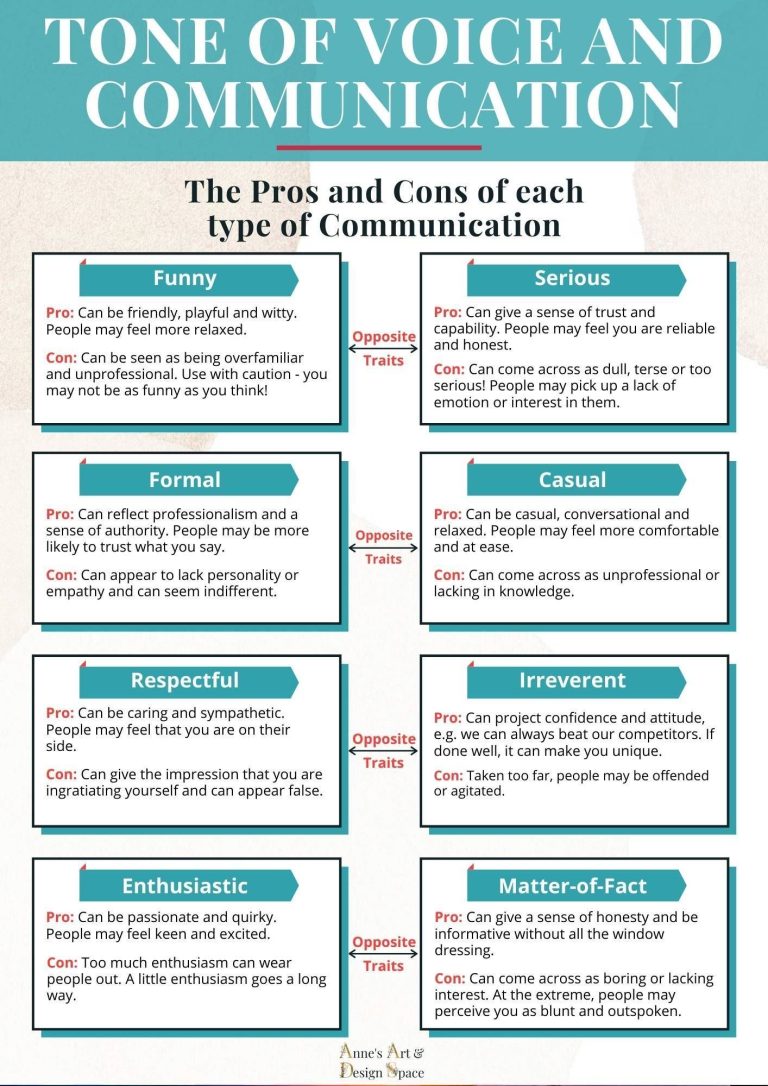The Role of Technology in Communication Barriers
In today’s hyper-connected world, technology has revolutionized the way we communicate. From instant messaging and emails to video conferencing and social media, digital tools have made it easier to stay in touch—anytime, anywhere. However, while technology offers countless benefits, it also introduces a unique set of communication barriers that can hinder understanding, empathy, and connection.
In this article, we’ll explore how technology contributes to communication barriers, the types of challenges it creates, and strategies to overcome them for more effective interaction in a digital age.

Understanding Communication Barriers
Communication barriers are obstacles that prevent clear, effective exchange of information between individuals or groups. These barriers can distort the message or block it entirely, leading to misunderstandings, frustration, and conflict.
Here are the main types of communication barriers:
1. Physical Barriers
These are environmental factors that disrupt communication, such as:
- Noise or poor acoustics
- Distance between speakers
- Faulty equipment (e.g., broken microphones, poor video calls)
- Closed doors or physical separations in a workspace
2. Language Barriers
These arise when people don’t share a common language or have different levels of language proficiency. Common issues include:
- Use of jargon or technical terms
- Slang or regional dialects
- Misinterpretation due to limited vocabulary
3. Psychological Barriers
Mental and emotional states can impact communication. Examples include:
- Stress or anxiety
- Lack of trust or fear of being judged
- Prejudices or stereotypes
- Low self-esteem or confidence
4. Semantic Barriers
These occur when the meaning of words or phrases is misunderstood. This can result from:
- Ambiguity in message wording
- Use of complex language
- Differing interpretations of the same word (e.g., “soon” or “urgent”)
5. Cultural Barriers
Different cultural backgrounds can lead to:
- Varying communication styles (direct vs. indirect)
- Different body language and gestures
- Misunderstanding of etiquette or traditions
6. Organizational Barriers
In workplaces or institutions, these may include:
- Hierarchical structures limiting open communication
- Lack of clear communication channels
- Poorly defined roles or responsibilities
7. Technological Barriers
As discussed in your blog post, technology can also create challenges like:
- Loss of nonverbal cues
- Technical glitches and lags
- Digital distractions
- Inappropriate platform use (e.g., long messages over chat)
8. Perceptual Barriers
These occur when individuals interpret the same message differently based on their personal views or past experiences.
Identifying and understanding these communication barriers is the first step to overcoming them. Whether in personal relationships or professional settings, improving communication requires awareness, empathy, and ongoing effort.
How Technology Solves Communication Barriers
Technology plays a powerful role not only in creating new communication challenges but also in solving many traditional communication barriers. Here’s how technology helps break down these barriers and enhances effective interaction across various settings:
1. Breaking Physical Barriers
Tools like: Zoom, Microsoft Teams, WhatsApp, Slack
- Enables real-time communication from anywhere in the world
- Virtual meetings eliminate the need for physical proximity
- Remote collaboration tools support distributed teams and global partnerships
Benefit: Distance is no longer an obstacle to communication
2. Overcoming Language Barriers
Tools like: Google Translate, real-time captioning, AI language models
- Instant translation tools help people communicate across different languages
- Subtitles and closed captions assist non-native speakers and the hearing-impaired
- Multilingual interfaces and chatbots improve customer service globally
Benefit: Bridges language gaps and promotes global understanding
3. Solving Psychological Barriers
Tools like: Anonymous feedback platforms, mental health apps
- Digital surveys and feedback tools allow for honest, anonymous expression
- Messaging apps can reduce anxiety tied to face-to-face confrontation
- Mental health resources and support communities are more accessible online
Benefit: Encourages open dialogue and emotional safety
4. Clarifying Semantic Barriers
Tools like: Writing assistants (Grammarly), visual collaboration tools (Miro, Canva)
- Writing tools promote clear, concise communication
- Visual content helps explain complex ideas through diagrams, videos, or infographics
- Standardized templates and tone-checkers ensure consistent messaging
Benefit: Reduces misinterpretation of meaning
5. Bridging Cultural Barriers
Tools like: Social media, global forums, cultural awareness apps
- Exposure to diverse cultures via online content broadens understanding
- Cross-cultural communication training tools help navigate etiquette differences
- Collaboration with international teams builds intercultural fluency
Benefit: Promotes cultural empathy and respect
6. Solving Organizational Barriers
Tools like: Project management tools (Asana, Trello), internal comms platforms (Yammer)
- Clear delegation of tasks and responsibilities
- Real-time status updates, shared calendars, and streamlined workflows
- Encourages transparency and flattens communication hierarchy
Benefit: Enhances organizational clarity and collaboration
7. Enhancing Accessibility
Tools like: Screen readers, speech-to-text, accessible design features
- Helps individuals with visual, hearing, or motor impairments participate equally
- Voice assistants like Siri and Alexa simplify interaction
- Tech ensures inclusivity in both online and offline communication spaces
Benefit: Makes communication more inclusive and equitable
While technology can introduce new challenges, it also offers powerful solutions to long-standing communication barriers. By using the right tools mindfully, we can foster clearer, faster, and more inclusive communication in both personal and professional settings.
Technological Advancements in Communication
The past few decades have seen remarkable technological advancements, including:
- Smartphones and instant messaging apps
- Email and cloud-based collaboration tools
- Video conferencing platforms (e.g., Zoom, Microsoft Teams)
- Social media networks
- Artificial intelligence and chatbots
These tools have improved the speed, reach, and efficiency of communication. Yet, as communication becomes increasingly digitized, new challenges arise.
How Technology Creates Communication Barriers
While technology removes geographical boundaries, it can sometimes hinder human connection and understanding. Here’s how:
1. Lack of Nonverbal Cues
Digital communication often lacks facial expressions, tone of voice, body language, and eye contact—all critical for interpreting intent and emotion.
2. Information Overload
The ease of sending messages can lead to excessive emails, notifications, and messages, overwhelming individuals and reducing message clarity.
3. Misinterpretation and Ambiguity
Without contextual cues, messages—especially texts and emails—can be misunderstood, leading to confusion or offense.
4. Reduced Attention Span
The constant barrage of digital content reduces focus and engagement, affecting the quality of conversations.
5. Technical Difficulties
Poor internet connection, malfunctioning devices, or software glitches can disrupt communication flow, especially in virtual meetings or remote collaborations.
Types of Tech-Related Communication Barriers
| Barrier Type | Description | Example |
|---|---|---|
| Noise | Technical interference or disruptions | Static during a video call |
| Lag or Delay | Time gaps in audio/video transmission | Speaking over each other on a laggy Zoom call |
| Medium Misalignment | Using the wrong channel for the message | Sending detailed instructions via chat instead of email |
| Digital Distractions | Multitasking or screen fatigue during communication | Checking social media during virtual meetings |
| Language and Literacy Gaps | Difficulty understanding due to unfamiliar tech jargon | Miscommunication caused by abbreviations or emojis |
Impact of Technology on Personal and Professional Communication
In Personal Relationships:
- Pros: Instant connectivity, global reach, and access to shared memories through media.
- Cons: Over-reliance on texting can diminish emotional depth and lead to detachment.
In Professional Settings:
- Pros: Increased productivity, remote work enablement, and faster decision-making.
- Cons: Virtual miscommunication, lack of team bonding, and email fatigue.
Overcoming Communication Barriers in the Digital Age
To navigate the digital communication landscape effectively, consider these strategies:
Choose the Right Medium
Use the appropriate platform for your message. Complex topics may need video calls rather than texts.
Practice Digital Etiquette
Be mindful of tone, timing, and clarity. Avoid using jargon or informal language in professional settings unless appropriate.
Encourage Feedback
Actively seek feedback to ensure your message is understood. Ask clarifying questions and provide summaries when needed.
Use Visual Aids
Incorporate visuals like slides, infographics, or emojis (when suitable) to enhance understanding.
Limit Multitasking
Focus fully on conversations. Turn off unnecessary notifications during important meetings or discussions.
Be Empathetic
Remember there’s a person behind every screen. Patience and empathy go a long way in virtual communication.
Conclusion
Technology has transformed how we communicate, breaking down old barriers while creating new ones. To communicate effectively in this digital age, we must remain aware of these challenges and actively work to bridge the gaps. By combining technological convenience with human empathy and clarity, we can ensure that our messages are not just sent—but truly understood.
Let’s embrace technology without losing the essence of human connection.


